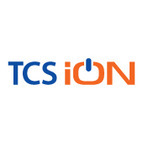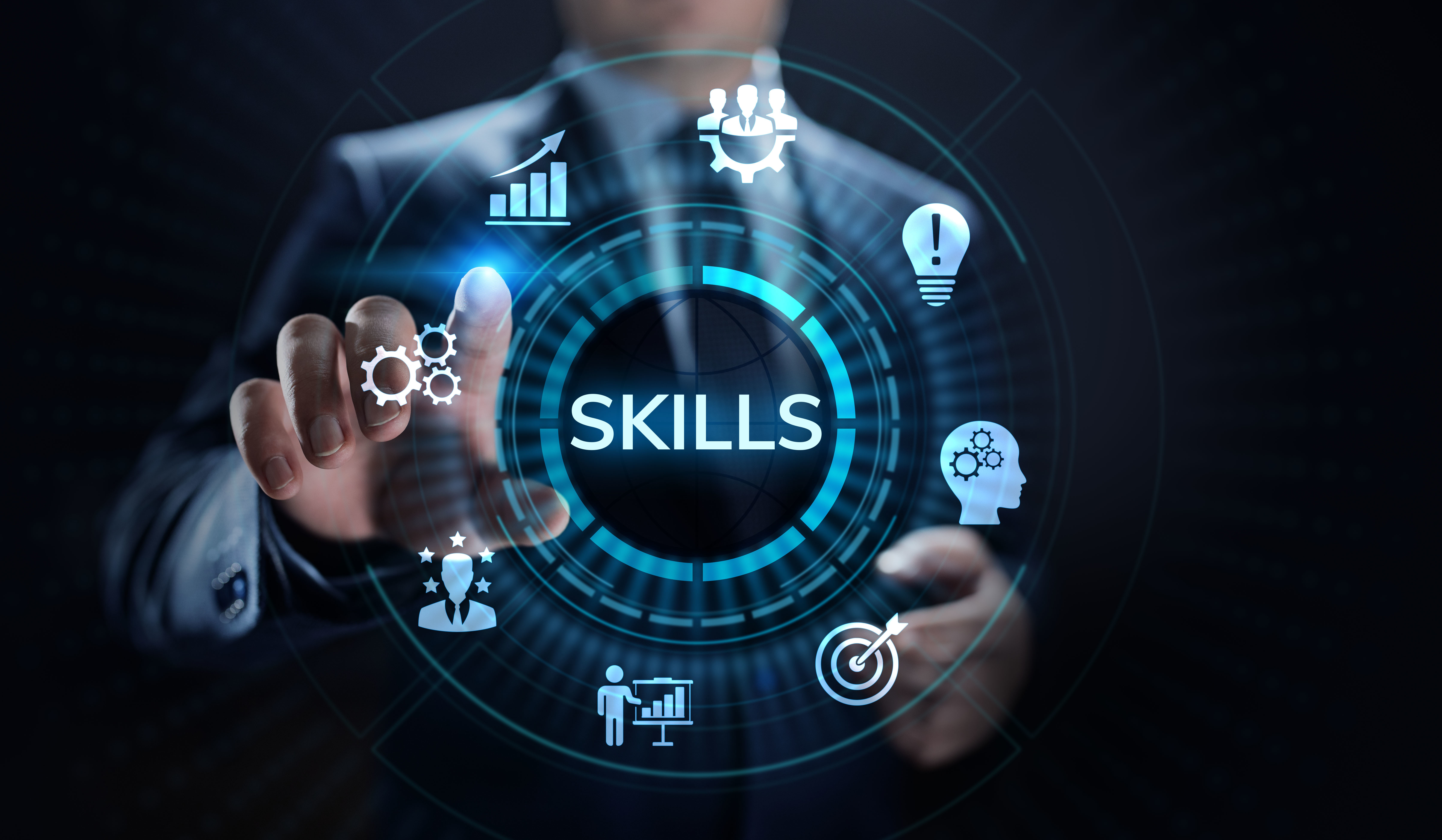

“Digital transformation has inspired an upskilling and reskilling revolution”
- LinkedIn learner report
If you ask any talent leader today what the number 1 challenge is they are facing, they would probably mention challenges in upskilling, cross skilling and reskilling to meet the skill gaps in their organisation.
While there are many contributors to the skill gap – retiring workforce or COVID-19 related changes in business model leading to some jobs becoming obsolete – the number one reason for the wide gap between existing and desired skill is the digital revolution. More and more of the work that humans are doing is getting automated. This means that those humans need to be reskilled to do other jobs; the automation is also creating the need for more digital skills which are not available within the organisations, nor is it so easy or affordable to buy those skills from outside.
Let’s look at some numbers.
About 22% of workforce activities across the EU (equivalent to 53 million jobs) could be automated by 2030
120 million workers need reskilling in next 3 years
100k HR professionals reporting difficulty recruiting specialized skills
1000 European enterprises reporting revenue loss due to unmet skills
54% of the workforce will require significant upskilling and reskilling within the next 5 years
Source: https://www.mckinsey.com/featured-insights/future-of-work/the-future-of-work-in-europe/
World Economic Forum, The Future of Jobs Report, 9/2008 and Harvard Business Publishing Corporate Training. The State of Leadership Development: Meeting the Transformation Imperative, 4/2018 Skillsoft
The Need for Reskilling: Background
Building skills is the most critical part of rebuilding organisations in the New Normal. Most organisations today feel the need to reassess skills in order to redeploy people to other jobs which may be more relevant today. We are in need of a technology led solution that helps organisations to quickly assess existing skills and deliver new skills for today’s workforce as well as design learning journeys for the future workforce.
On the other hand, employees are not just looking for a job; they are looking for an opportunity to learn, grow and build a career they can be proud of. They are more likely to stay in the organization if there is continuous learning, development and career-building opportunities.
Keeping this in mind, with the employee being in the centre, designing a seamless experience of talent management and allowing employees to explore different opportunities and assess their skills is the need of the hour.
This will not only help in assessing current skills but also help organisations to bridge the skill gap by building high-demand skills and capabilities amongst the existing workforce.
33% of new core skills are needed due to the Digital Revolution
As a result, new skill building has become a #1 focus for top MNCs
Source: Forbes, Technavio Corporate E-Learning Report, Compliance Institute and WEF
To bridge the skill gap a Talent Reskilling Journey is required to quickly reskill and redeploy the current workforce.
The Reskilling Journey: Key Considerations
The Talent Reskilling journey should help the employees to evaluate themselves in their current or aspirational role and also enable the organisations to find the right skills for the right jobs. The design of the journey should be simple, intuitive, non-threatening for the employees and easy to administer for the organisation.
An interesting concept towards achieving this is the Career Jungle Gym popularised by Sheryl Sandberg in which career is not viewed as a ladder where employees can only move in one direction i.e. vertically, within the same role. Here, career is viewed as a Jungle Gym, where employees can move laterally as well as vertically, allowing them the flexibility to explore opportunities aligned with their career aspirations.
Another important aspect to consider is the ability of the employees to discover how well they are suited to their current role and what competencies they possess to take on a future role. They should also be able to check if they are suitable for career opportunities within and outside their job roles. Hence, the learning reports generated should not feel like a test to the employees but should act as guides to evaluate their skills, helping them in exploring growth paths and identifying the learning journeys to fill skill gaps.
From the organisation’s point of view, this Reskilling Framework should help them develop, maintain and track a skill inventory to meet the current and future business goals.
Some of the other critical aspects that an organisation should consider to ensure that the Talent Reskilling Journey is looked at as a career building opportunity by the employees involves the following considerations.
Not one size fits all
According to Maslow’s Hierarchy of Needs, human beings have different levels of needs at different life stages. When we are starting out, we have the basic need to earn money and provide for our families. As we grow in our careers, we may not always be motivated by more money – we may be looking for more self-fulfilling opportunities. This should be factored into the framework and as a result the approach for people at different levels of seniority would be different.
Analytics & Reporting
The Talent Reskilling journey should definitely be supported by robust reports and dashboards. The learning reports should not only provide mapping of desired and existing competencies to the employees but should also help in creating a capability inventory and measuring learning effectiveness at an organisation level.
This will help the organisation to drive talent, succession planning and support in resourcing decisions.
To illustrate the above thinking, let’s look at an example of Tina who joins the organisation as a Service desk executive, moves to a leadership role leveraging the Reskilling Framework.
Tina joins the organisation as a Service desk executive. After two years, the queues that she was working on manually gets automated and she takes a Capability Assessment to find out her areas of strength to explore other roles in the organisation.
At the same time, the organisation is also looking to reskill internal employees to work on new digital initiatives. Tina’s Capability Assessment report shows that she has 70% of the skills required for a Ux Designer role. The report also suggests that completing a learning journey will help her apply for the role. She completes the learning journey and retakes the Capability Assessment for the Ux Designer role. Along with updates on her dashboards a parallel report about her updated skills goes to her manager. The manager wants to update digital skills in the department and finds Tina to be a good fit to the new Ux Designer role.
After 2 years in the Ux designer role, Tina takes another Capability Assessment. Based on the report recommendation, she starts building up her Agile skills and within a year she gets certified as an Agile coach. She finds an opportunity as an Agile project manager in an important account with a customer facing role.
Given her diverse experience, Tina soon gets an opportunity to play a leadership role in the unit she works in. She takes up the Capability Assessment and fills her gaps as recommended by the report. In this way she achieves her aspirational role in the organisation and the organisation is also able to fill a critical post from within instead of hiring from outside.
Through this example, we can see how the right interventions provided by an organisation through talent reskilling opportunities can not only enable the organization to extract the best from their employees, but also provide the employees an ability to fulfill their career aspirations.
About the Author:
Poushali Chatterjee, Head Talent Development Center, TCS iON
25 years of experience in advertising, e-learning, talent development & learning consulting.
A Team Leader & external assessor in Tata Business Excellence Model (TBEM)